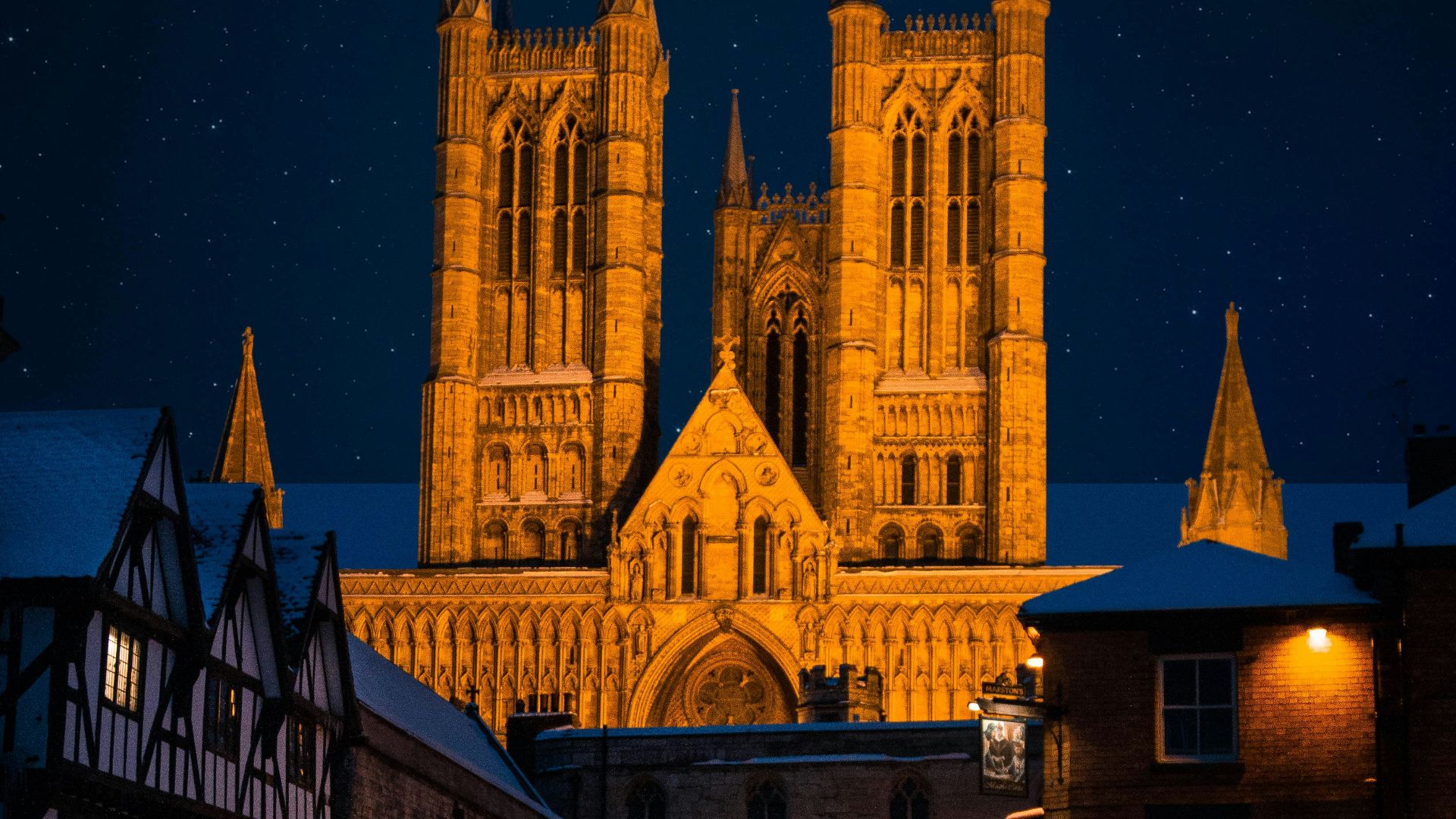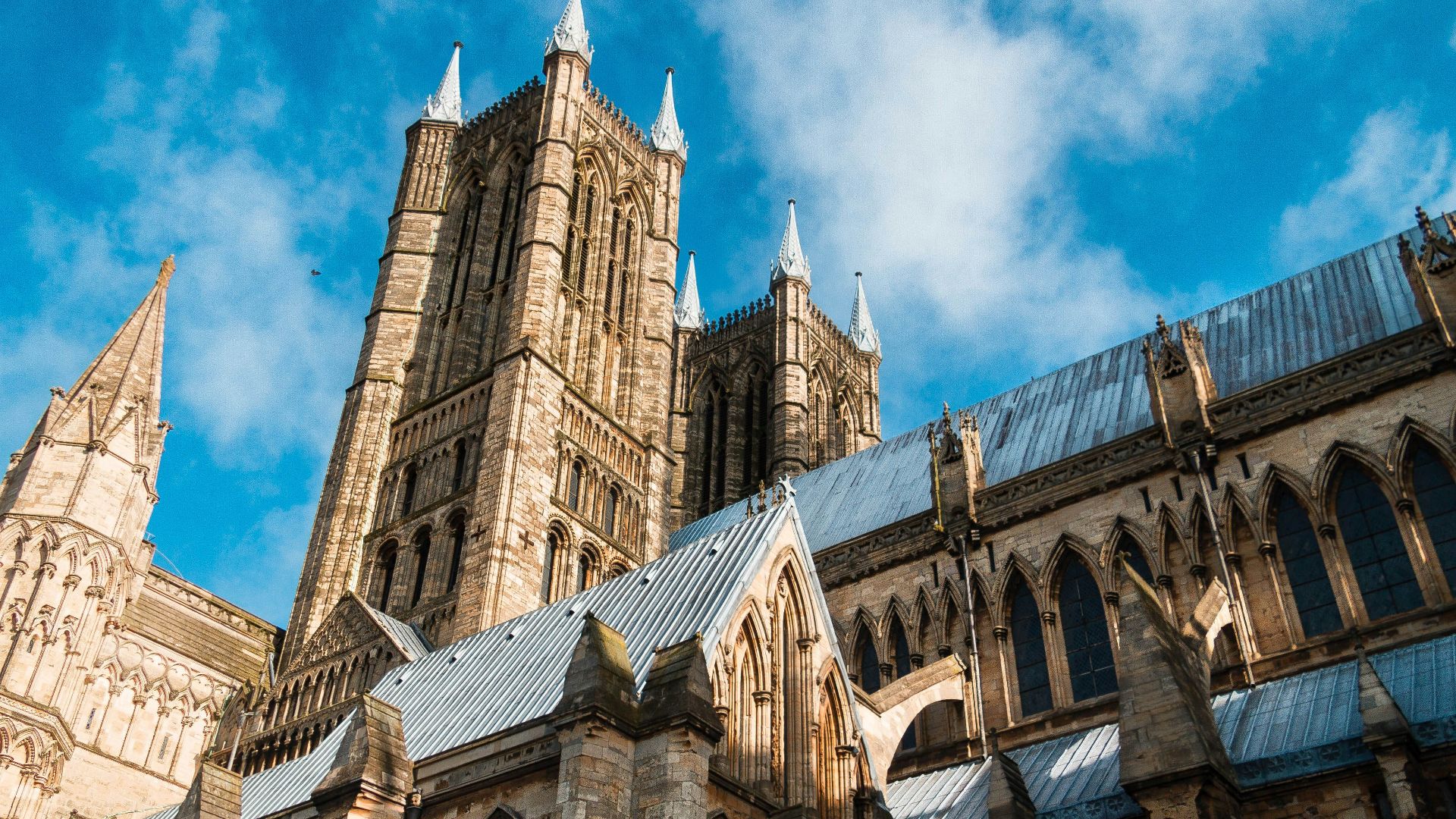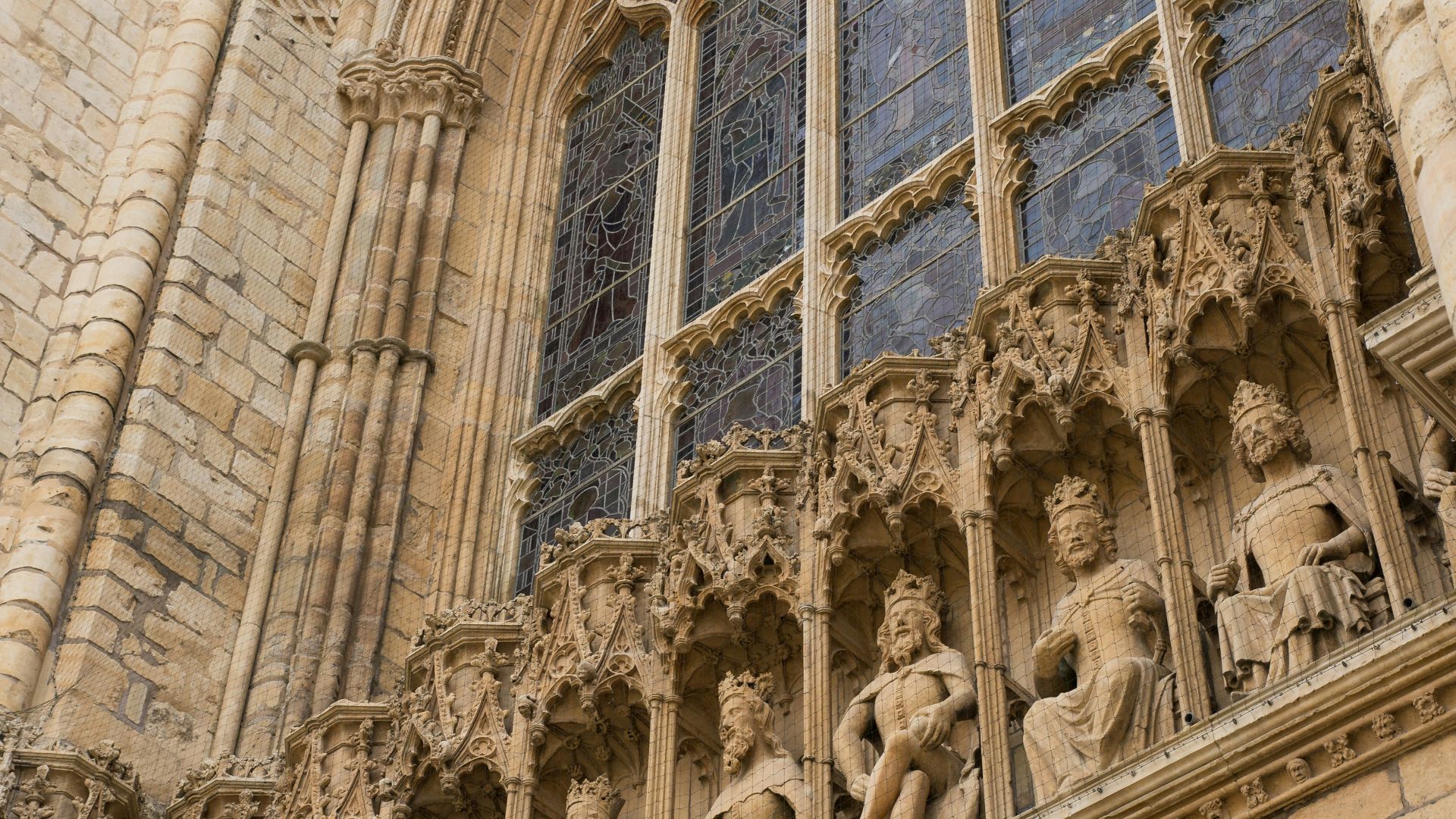England’s Lincoln Cathedral Is an Incredible Feat of Gothic Architecture. So Why Is No One Visiting?
England’s Lincoln Cathedral Is an Incredible Feat of Gothic Architecture. So Why Is No One Visiting?
England is a nation packed with historic icons, but few rival the sheer grandeur, ambition, and spiritual legacy of Lincoln Cathedral. Ascending dramatically above the city skyline, the spires, stonework, and stained glass of Lincoln were once the tallest building in the world; an engineering and architectural achievement that set the standard for medieval Gothic for centuries to come. Yet for all its astonishing beauty and historical importance, Lincoln Cathedral has in recent years struggled to attract the volume of visitors it rightly deserves. In a nation where tourism to historic landmarks remains strong, how can one of the world’s great cathedrals be so often overlooked?
A Thousand Years of Worship
Lincoln Cathedral has been a place of worship for almost 1,000 years since it was consecrated in the 11th century. But it is much more than just a tourist attraction: the cathedral is still a spiritual home for the local population. Daily acts of worship, choral music, and open services are at the center of its mission. Lincoln Cathedral is a place of worship, reflection, and welcome for people of all faiths – and those of none. Generations have visited to come on pilgrimage, to enjoy the culture, or to come together for events at different points in the year.
Visitors have often spoken of Lincoln Cathedral as being one of the most impressive religious buildings in Europe, with its soaring nave and Gothic arches offering a truly unique atmosphere in England. Despite this rich history and welcoming approach, the number of visitors had fallen and risen dramatically over the years, and cathedral leadership were wondering how to re-capture people’s attention.
Architectural Marvels
Step inside Lincoln Cathedral and you can see a rich tapestry of history laid bare. One of its most famous treasures is the Lincoln Imp, a notorious 13th-century stone carving. Perched high up in the Angel Choir, the cheeky creature remained relatively unknown for centuries until it featured in Arnold Frost’s poem The Ballad of the Wind, the Devil and Lincoln Minster towards the end of the 19th century. Since then, it has become the official emblem of the city and is cherished by both locals and visitors.
The Cost of History
Running a building this size is an expensive business. As of 2016, the cathedral needed £5.86 million per year just to maintain the building and keep the doors open. Inevitably, these costs are a heavy burden when visitor numbers are low. Between 2006 and 2009, the cathedral was regularly attracting more than 200,000 visitors a year, but in 2010 the numbers fell to around 150,000, making it just the 16th most visited attraction in the East Midlands.
A major contributor to the downturn was the cancellation of the Lincoln Christmas Market, a regional magnet at the cathedral's busiest time of the year, which coincides with the annual performance of Handel's Messiah. Entry to the cathedral is free, and without a ticket visitors can wander at will in the nave and the chapels. However, a ticket is needed to visit the towers, roof, and attend a guided tour. Some historians and tourism specialists believe this approach may discourage deeper exploration in a time when tourists scrutinize costs more closely.











